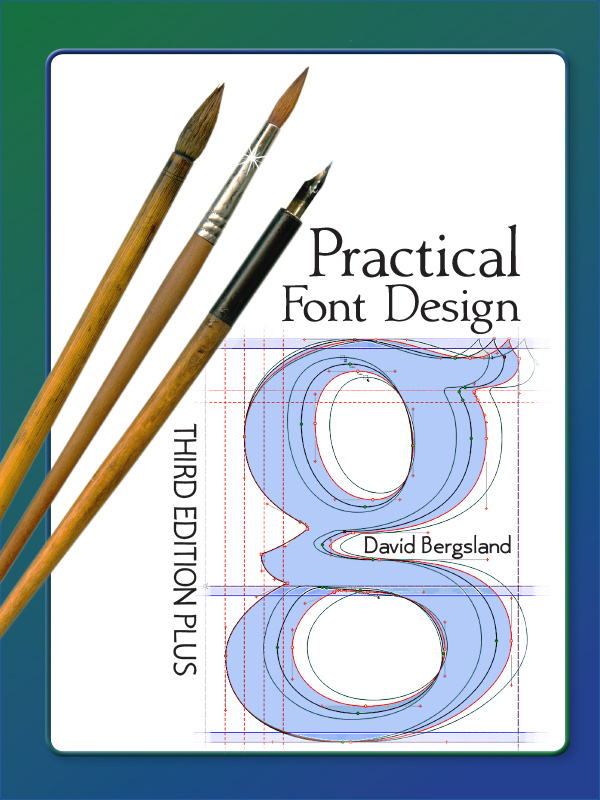
#Fontlab studio training full
However, as I'm doing full hinting with the deltas optimized for fully hinted rendering, the ClearType hacks are necessary so I have ClearTypeCtrl disabled. The ClearTypeCtrl makes various deltas also apply to ClearType rendering that would otherwise get disabled by ClearType hacks. The CvtCutIn specifies how far the snapping to cvt can go (otherwise it resets to default rounding) starting at each size. In my case I have it disabled all the way because it can also restrict possibilities of hinting geometrical glyphs or something. The DropOutControlOff specifies at what size and up the dropout control (forces rasterization of lines that would otherwise go right past the pixel centers) turns off. However it is also possible to specify sizes for hinting (as well as anti-aliasing) in the gasp table. The InstructionsOn is what range the hinting are enabled, and in this case is set Example (for DMCA Sans Serif 10.0 Bold in development that I'm hinting right now) TrueType hinting involves writing a list of cvt values. I don't use the autohinter in Visual TrueType because I find it insufficient for my purposes and does not help very much, and also replaces the cvt list.
#Fontlab studio training manual
I use Visual TrueType for manual hinting. You may want to turn off middle delta generation. It can use existing PostScript hints, or build TTH commands from scratch, and in Preferences you can control which types of commands it should generate. Of course, FontLab 7 has a powerful TT autohinter. The videos use FontLab Studio 5, but the visual commands are the same in FontLab 7.Ħ. The videos by Monika Bartels and explain the principles of FontLab TTH. The same goes for copying TTH from, say, uppercase to small caps or to lowercase.ĥ.

Even more - you can copy from one FontLab TTH-hinted font, and then Paste Special > TrueType hinting on glyphs from a different font, as long as the node structure is fairly similar. in "O" and then use Paste Special > TrueType hinting on "Q" or other similar glyphs, and FontLab will "magically" paste the TTH commands on the "correct" nodes. You can hint some key glyphs, then copy a glyph layer e.g. In FontLab Studio 5, TTH was based on node numbers, so it was very fragile.

When you create TTH commands in FontLab, the app adds names to nodes, and attaches the commands to the names. FontLab will retain the hints after you remove the overlaps.ģ. You can attach TTH commands to PostScript or TrueType contours, with overlaps. If your source has multiple masters, you can hint the main master, and FontLab will distribute the hints to instances.Ģ.


 0 kommentar(er)
0 kommentar(er)
